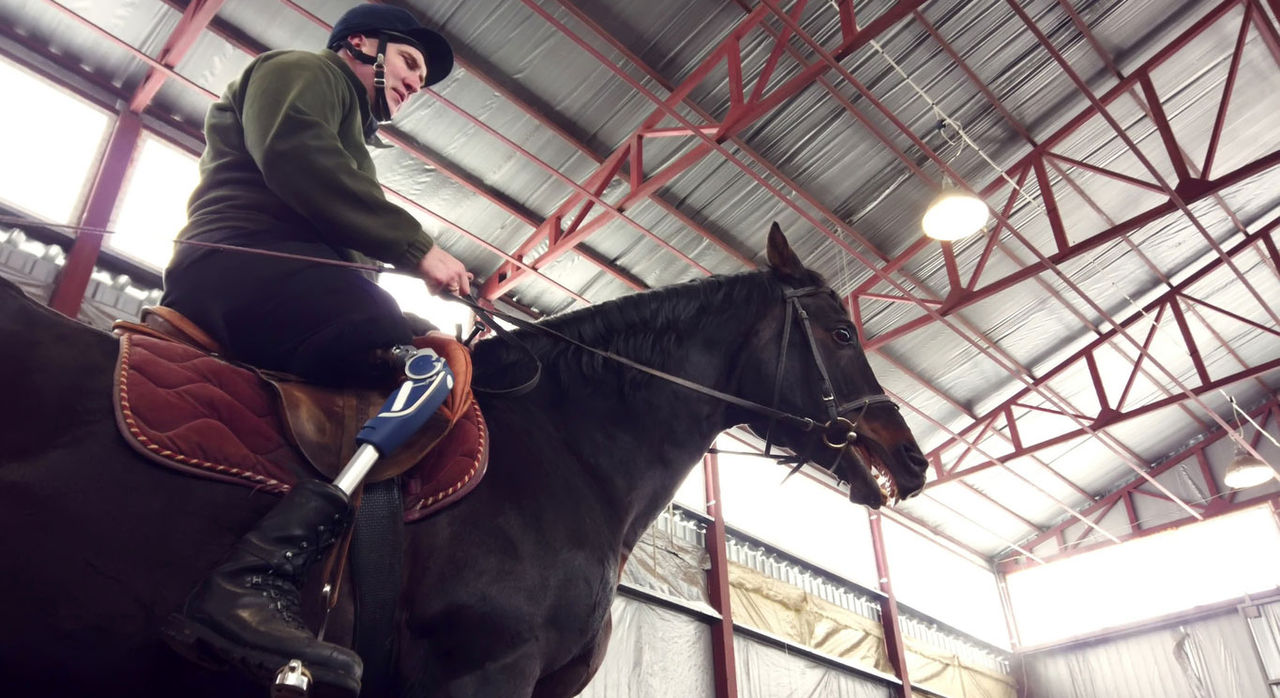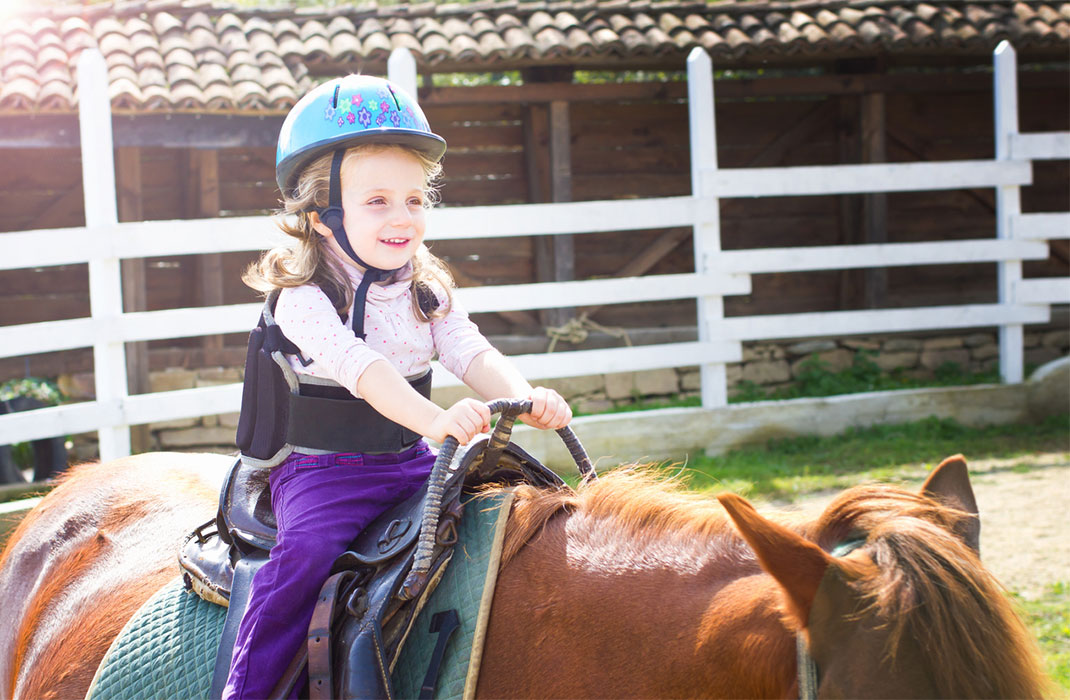-
- Find Care
-
- Visitor Information
- Find a Location
- Shuttles
- Visitor Policies
-
-
-
- Our Virtual Care Options
- Virtual Urgent Care
- Virtual Visits for Primary & Specialty Care
- Online Second Opinions
- Participate in Research
-
- Contact us
-
- For Innovators
- Commercialization Guide for Innovators
-
-
- Research News
- Alzheimer's Disease
- Artificial Intelligence
-
- Overview
-
- Overview
- Getting Started
- New to Mass General Brigham
- International Patient Services
- What Is Patient Gateway?
- Planning Your Visit
- Find a Doctor (opens link in new tab)
- Appointments
- Patient Resources
- Health & Wellness
- Flu, COVID-19, & RSV
- Billing & Insurance
- Financial Assistance
- Medicare and MassHealth ACOs
- Participate in Research
- Educational Resources
- Visitor Information
- Find a Location
- Shuttles
- Visitor Policies
- Find Care
-
- Overview
- Our Virtual Care Options
- Virtual Urgent Care
- Virtual Visits for Primary & Specialty Care
- Online Second Opinions
-
- Overview
- Participate in Research
-
- Overview
- About Innovation
- About
- Team
- News
- For Industry
- Venture Capital and Investments
- World Medical Innovation Forum (opens link in new tab)
- Featured Licensing Opportunities
- For Innovators
- Commercialization Guide for Innovators
- Contact us
-
- Overview
- Information for Researchers
- Compliance Office
- Research Cores
- Clinical Trials
- Advisory Services
- Featured Research
- Two Centuries of Breakthroughs
- Advances in Motion (opens link in new tab)
- Brigham on a Mission (opens link in new tab)
- Gene and Cell Therapy Institute
- Research News
- Alzheimer's Disease
- Artificial Intelligence
-
- Overview
-
- Overview
- Residency & fellowship programs
- Brigham and Women's Hospital
- Massachusetts General Hospital
- Mass Eye and Ear
- Newton-Wellesley Hospital
- Salem Hospital
- Integrated Mass General Brigham Programs
- Centers of Expertise
- Global & Community Health
- Health Policy & Management
- Healthcare Quality & Patient Safey
- Medical Education
- For trainees
- Prospective trainees
- Incoming trainees
- Current trainees
- Continuing Professional Development
Saddle Up to the Benefits of Therapeutic Horseback Riding

As adaptive sports are becoming ever more accessible, para or adaptive athletes have a wide variety of activities to choose from, including cycling, swimming, and many more. One activity that may not be on your radar: horseback riding.
Consider para dressage, in which equestrians compete to impress the judges as they lead their horses through a series of artistic movements. But dressage is hardly the only way to get the physical and emotional benefits of spending time with a horse. Therapeutic horseback riding is an adaptive sport accessible to a wide range of people with disabilities — even those who have never interacted with a horse before.
“Therapeutic riding is a phenomenal activity, with so many benefits,” says Kathleen Salas, PT, MHA, a Mass General Brigham physical therapist.
Salas serves as a program manager at Spaulding Rehabilitation Adaptive Sports Centers in Boston, where she leads a variety of adaptive sports programs for community members and patients. She explains how therapeutic riding benefits the physical health and emotional wellbeing of adaptive sports athletes and participants of all abilities.
Horseback therapy: Hippotherapy vs. therapeutic riding
Horses are used in a variety of ways with people who have physical, behavioral, and neurological disorders or disabilities.
Hippotherapy, or equine-assisted therapy, is a type of treatment that uses a horse as a treatment aid. Hippotherapy is usually led by a specially trained physical, occupational, or speech therapist, with the horse providing physical and sensory input as patients work toward specific treatment goals.
Therapeutic riding, by contrast, focuses on teaching riding skills to people with disabilities. Think of it more as a form of exercise and recreation rather than a treatment, Salas says.
“In therapeutic riding, the main intention is to be riding and working with the horse,” she adds.
Still, “therapeutic” is part of the name for a reason. There are many advantages to therapeutic riding, including physical, emotional, and psychological benefits.
“It isn’t galloping through the fields. During a session, riders are stretching, warming up, and moving in different directions to stimulate muscles and build strength, endurance, and coordination, in addition to walking at different paces and terrain with their horse,” Salas says.
Physical benefits of therapeutic riding
Adaptive riding provides many benefits, often improving flexibility, balance, strength, and coordination. A horse’s gait mirrors a person’s walking gait in many ways.
“The left-right coordination you develop on horseback is a perfect translation for someone working on their walking skills,” Salas explains.
Perched atop a horse, riders must engage muscles in their abdomen, back, and pelvis to stabilize their trunk and maintain posture.
“Walking uphill on a horse, you automatically lean in. Walking downhill, you lean back. You use so many different muscle groups when riding,” she adds. “For improving trunk control and posture, there’s nothing else like it.”
Other actions performed on horseback also translate to skills used in daily life. Salas recalls working with a stroke survivor who began therapeutic riding. After a few weeks, he mentioned that his care attendants were shocked at how good his balance was. He was able to stand up and put his foot through his pant leg unassisted — something he hadn’t previously been able to do without help.
“He attributed that to all his practice stepping into the horse’s stirrup. That was the ripple effect,” Salas says. “While we can’t prove it was riding that made the difference, I hear many anecdotal stories like that. Patients learn so many skills on a horse that transfer to everyday activities.”
Psychological benefits of therapeutic riding
How does adaptive horseback riding work?
Therapeutic riding uses a variety of supports and adaptations to make it accessible. Horseback riding typically involves a variety of equipment:
Saddles and pads are attached to the horse’s back for the rider to sit on.
Stirrups hang from the saddle to support the rider’s feet.
Bridles are the headgear that allows riders to control the horse.
Reins are straps attached to the bridle that a rider uses to direct the horse.
Each of these elements can be adapted for therapeutic riding so that riders are supported, comfortable, and safe, Salas says. A person with use of only one hand may use an adapted set of reins, for example, that allows them to maintain control.
The rider is usually accompanied by two side walkers, who stand on either side of the horse to ensure the rider is stable. Sometimes, a horse handler leads the animal from the front.
“Usually, the goal is for the rider to take the lead. But this is a very individualized sport,” Salas says. “We can provide as much or as little support as a person needs to ride safely.”
Who can do therapeutic riding?
Therapeutic riding isn’t for everyone. Riders must weigh less than a certain threshold — usually under 185 pounds — to protect the health of the horses. Riders must have enough trunk control to sit up with little or no support. They should also have some ability to communicate.
At most adaptive riding centers, including Spaulding Adaptive Sports Centers, riders must have their doctor complete a form ensuring that they are medically approved to ride. Such criteria are designed to keep riders safe.
With time and practice, some adaptive riders may progress to equestrian competitions, such as the para dressage event that’s been featured in the Paralympics since 1996. But you don’t have to become a para equestrian competitor to reap the rewards.
“Most people who participate are in it for health, fitness, and the joy of riding,” Salas says.
Getting started with therapeutic riding
When starting out in adaptive riding, it’s important to seek out trained instructors. The Professional Association of Therapeutic Horsemanship International (PATH Intl.) provides certification for instructors in therapeutic riding and other equine-assisted therapies.
New riders should expect to take a minimum of 6 to 8 lessons to learn the basics. “This is a skill-based sport that takes time to learn,” Salas says. “But it’s such an interesting, social, motivating activity, and the benefits are endless.”
